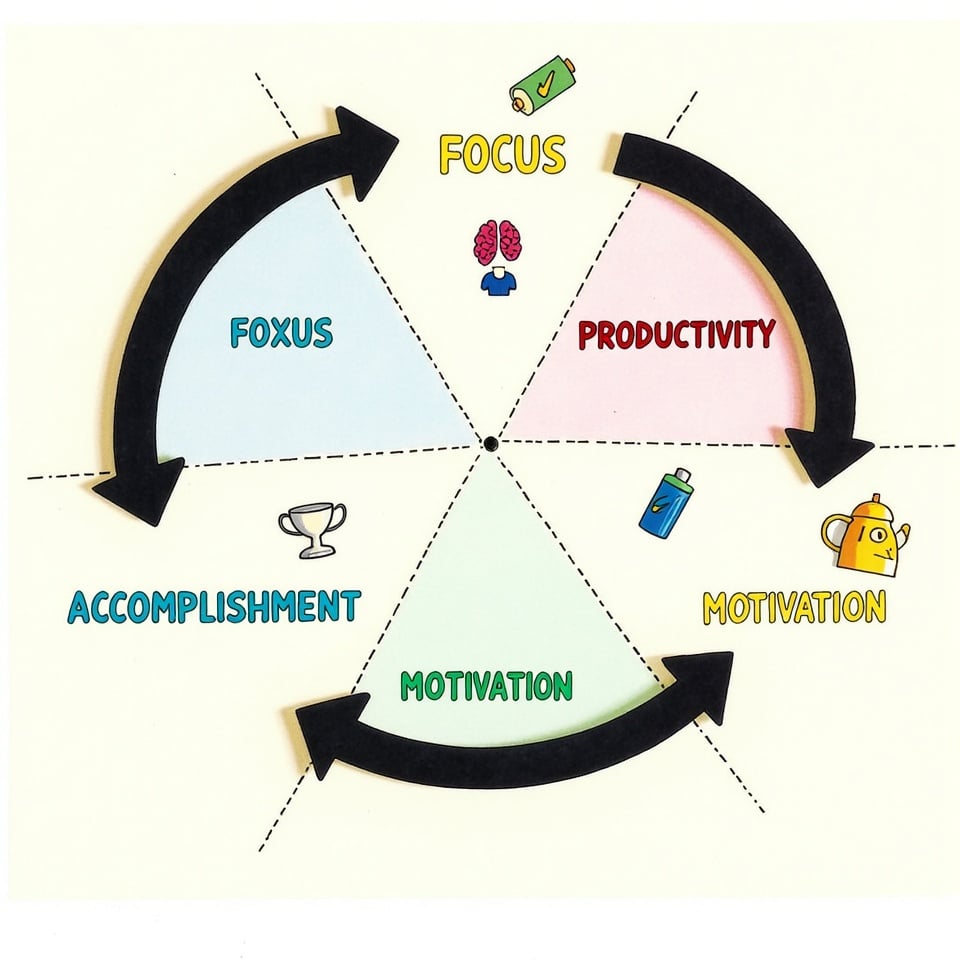When we read a great story or poem, it’s often the descriptive passages that stay with us long after we finish reading. The way an author uses words to paint a picture in our minds, evoke emotions, and bring characters to life is a key element of engaging writing.
At the heart of this literary magic is descriptive writing — a technique that has the power to transport us to new worlds, evoke memories, and create lasting impressions.
But what exactly is descriptive writing, and how can we harness its power in our own writing? In this section, we’ll delve into the definition and essence of descriptive writing.
Table of Contents
What is descriptive writing
Descriptive writing is a type of writing that uses vivid and sensory details to describe a person, place, object, or experience.
It’s a way of using words to paint a picture in the reader’s mind, so they can imagine and experience the thing being described.
Descriptive writing uses sensory details to create a complete picture, including:
- What you see (visual details)
- What you hear (auditory details)
- What you smell (olfactory details)
- What you taste (gustatory details)
- What you feel (tactile details)
By using sensory details, descriptive writing can create a vivid and immersive picture in the reader’s mind, making the writing more engaging and memorable
When to use descriptive writing
Descriptive writing is a powerful tool that can be used in many different situations.
But when is the best time to use it?
Here are some scenarios where descriptive writing can really shine:
Imagine you’re writing a story about a beautiful beach. You want your readers to feel like they’re right there with you, feeling the warm sand between their toes and the cool breeze in their hair. This is the perfect time to use descriptive writing. By describing the sights, sounds, and sensations of the beach, you can transport your readers to a tropical paradise.
Or, let’s say you’re writing about a favorite food. You want to make your readers’ mouths water and their stomachs growl with hunger. Descriptive writing can help you do just that. By describing the taste, smell, and texture of the food, you can make your readers feel like they’re taking a bite alongside you.
Descriptive writing is also useful when you’re writing about a person or a place that’s special to you. By describing their characteristics, mannerisms, and surroundings, you can bring them to life in your readers’ minds.
In general, descriptive writing is a good choice whenever you want to:
- Create a vivid picture in your readers’ minds
- Evoke emotions or sensations
- Describe a person, place, or object in detail
- Make your writing more engaging and interesting
Descriptive writing techniques
Descriptive writing is all about using words to paint a picture in your readers’ minds.
But how do you do that?
One way is to use special techniques that help you describe things in a more vivid and interesting way. Let’s take a look at some of these techniques:
Similes
A simile is a comparison between two things that aren’t alike, but share a common characteristic.
It’s like saying “he ran like a cheetah” or “she sings as sweetly as a bird.” Similes help us describe things by comparing them to something else that’s more familiar.
They often use the words “like” or “as” to make the comparison.
For example:
- He’s as strong as an ox.
- She’s as busy as a bee.
- The sunset was as red as a ripe tomato.
Metaphors
A metaphor is similar to a simile, but it doesn’t use the words “like” or “as.” Instead, it says that one thing is another thing. For example:
- He’s a lion on the soccer field.
- She’s a shining star on stage.
- The city is a jungle.
Metaphors help us describe things in a more creative and imaginative way. They can make our writing more interesting and engaging.
Hyperbole
A hyperbole is an exaggeration used for emphasis. It’s like saying “I’m so hungry I could eat a whole elephant!” or “This backpack weighs a ton!” Hyperboles help us add emphasis and create a stronger impression. They’re often used in informal writing, like in stories or poetry.
For example:
- I’m so tired I’ve been up for a million years.
- This ice cream is the best thing I’ve ever tasted in my whole life.
- He’s as tall as a skyscraper.
Personification
Personification is when we give human-like qualities to non-human things, like objects or animals.
It’s like saying “the sun smiled down on us” or “the wind whispered through the trees.”
Personification helps us create a more vivid and imaginative picture in our readers’ minds.
For example:
- The sun winked at us from behind the clouds.
- The flowers danced in the breeze.
- The clock ticked away impatiently.
Sensory Writing
Sensory writing is when we use our senses to describe something. It’s like saying “the smell of freshly baked cookies wafted through the air” or “the sound of the ocean waves crashed against the shore.” Sensory writing helps us create a more immersive experience for our readers.
For example:
- The feel of the sand between my toes was warm and squishy.
- The taste of the ripe strawberry was sweet and juicy.
- The sound of the city was a cacophony of car horns and chatter.
Onomatopoeia
Onomatopoeia is when we use words that imitate the sounds they describe. It’s like saying “the firework exploded with a loud boom” or “the rain pattered against the window with a soft patter.” Onomatopoeia helps us create a more vivid and engaging picture in our readers’ minds.
For example:
- The sizzling bacon crackled and popped in the pan.
- The buzzing bee flew from flower to flower.
- The splashing water droplets hit the ground with a loud splat.
Types of descriptive writing
Descriptive writing can be used in many different types of writing. Let’s take a look at a few examples:
Biography
A biography is a type of writing that tells the story of a person’s life. It can be a descriptive piece of writing that uses vivid language to bring the person to life. Biographies can be written about famous people, historical figures, or even someone you know personally.
For example, if you were writing a biography about a famous artist, you might describe their studio like this:
“The studio was a cozy room filled with natural light. The smell of paint and turpentine filled the air, and the sound of jazz music played softly in the background. The artist’s easel stood tall in the center of the room, covered in splatters of paint and half-finished canvases. It was a space where creativity flowed freely, and the artist’s imagination came to life.”
Travel Blogs
A travel blog is a type of writing that describes a person’s travels and adventures. It can be a descriptive piece of writing that uses vivid language to bring the reader along on the journey.
For example, if you were writing a travel blog about a trip to the beach, you might describe the scenery like this:
“The sun was setting over the ocean, casting a warm golden light over the waves. The sand was soft and cool beneath my feet, and the salty air filled my lungs as I breathed in deeply. The sound of the waves crashing against the shore was like music to my ears, a soothing melody that seemed to lull the world into a peaceful slumber.”
Journal
A journal is a type of writing that is personal and reflective. It can be a descriptive piece of writing that uses vivid language to describe thoughts, feelings, and experiences.
For example, if you were writing in your journal about a beautiful sunset, you might describe it like this:
“Today I saw the most beautiful sunset I’ve ever seen. The sky was painted with hues of pink and orange, and the sun was a burning ball of fire sinking slowly into the horizon. The air was filled with the sweet scent of blooming flowers, and the sound of birds singing their evening songs. It was a moment of pure beauty, and I felt so grateful to be alive to experience it.”
Poetry
Poetry is a type of writing that uses language in a creative and imaginative way. It can be a descriptive piece of writing that uses vivid language to paint a picture in the reader’s mind.
For example, if you were writing a poem about a forest, you might describe it like this:
“The forest is a magical place, Where trees stretch tall and birds sing sweet. The scent of pine and earth fills the air, And the sound of leaves rustling is like music to my ears. The forest is a place of wonder and awe, Where the beauty of nature is on full display.”
These are just a few examples of the many types of descriptive writing that exist.
Example of descriptive writing
Let’s take a look at an example of descriptive writing. Here’s a passage that describes a beautiful beach at sunset:
“The sun was setting over the ocean, casting a warm golden light over the waves. The sand was soft and cool beneath my feet, and the salty air filled my lungs as I breathed in deeply. The sound of the waves crashing against the shore was like music to my ears, a soothing melody that seemed to lull the world into a peaceful slumber. As I walked along the beach, I felt the warm water wash over my toes, and I saw the seagulls flying overhead, their cries echoing through the air. The smell of saltwater and coconut sunscreen filled my nostrils, and I felt like I was in a tropical paradise.”
Notice how this passage uses descriptive language to paint a picture in your mind. The writer uses sensory details like sight, sound, touch, taste, and smell to describe the beach at sunset. They also use figurative language like similes (comparing the sound of the waves to music) to create a more vivid and engaging picture.
Let’s break down the passage and see how the writer uses descriptive language:
- “The sun was setting over the ocean, casting a warm golden light over the waves.” (visual description)
- “The sand was soft and cool beneath my feet” (tactile description)
- “The salty air filled my lungs as I breathed in deeply” (olfactory description)
- “The sound of the waves crashing against the shore was like music to my ears” (auditory description)
- “I felt the warm water wash over my toes” (tactile description)
- “I saw the seagulls flying overhead, their cries echoing through the air” (visual and auditory description)
- “The smell of saltwater and coconut sunscreen filled my nostrils” (olfactory description)
By using descriptive language, the writer is able to create a vivid and immersive picture of the beach at sunset. They’re able to transport the reader to a different place and time, and help them experience the beauty of the beach for themselves.
Now, try writing your own descriptive passage about a place or experience that’s special to you. Use sensory details and figurative language to bring your writing to life!
FAQs
What is descriptive writing and examples?
Descriptive writing is a type of writing that uses vivid and sensory details to describe a person, place, object, or experience.
Examples of descriptive writing include:
- A travel brochure that describes a beautiful beach resort
- A food review that describes the taste and aroma of a dish
- A poem that describes a sunset
- A novel that describes a character’s appearance and personality
What are the 5 characteristics of descriptive writing?
The 5 characteristics of descriptive writing are:
- Imagery: Using sensory details to create vivid images in the reader’s mind.
- Figurative language: Using literary devices such as metaphors, similes, and personification to create a richer description.
- Sensory details: Using sensory language to describe what the reader can see, hear, smell, taste, and feel.
- Specificity: Using specific and precise language to create a clear and detailed description.
- Emotional appeal: Using descriptive language to evoke emotions and create a connection with the reader.
What are the five steps for descriptive writing?
The five steps for descriptive writing are:
- Choose a topic: Select a person, place, object, or experience to describe.
- Observe and research: Gather information and sensory details about the topic.
- Create a sensory experience: Use sensory language to describe what the reader can see, hear, smell, taste, and feel.
- Use figurative language: Use literary devices such as metaphors, similes, and personification to create a richer description.
- Revise and edit: Review and refine the description to ensure it is clear, vivid, and engaging.
What is a Descriptive Essay and Descriptive Writing?
A descriptive essay is a type of essay that uses vivid and sensory details to describe a person, place, object, or experience. The purpose of a descriptive essay is to create a mental image of the subject in the reader’s mind, so they can imagine and experience it for themselves.
Whereas, descriptive writing is a type of writing that uses sensory details to describe a person, place, object, or experience. It’s a way of using words to paint a picture in the reader’s mind, making the writing more engaging and memorable. Descriptive writing can be used in various forms, including essays, stories, poems, and even advertising copy.







